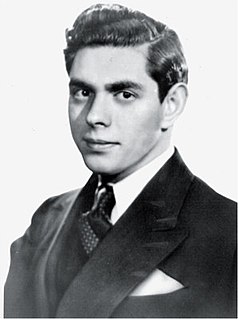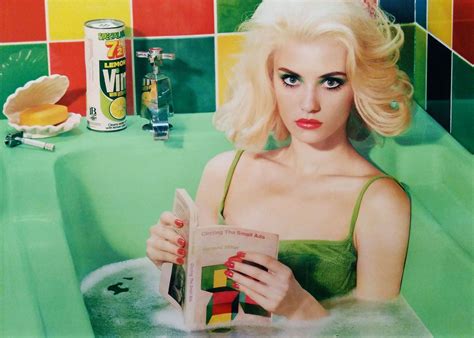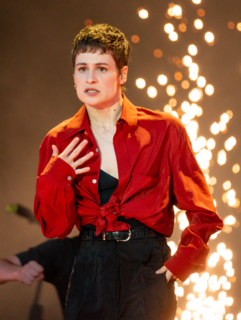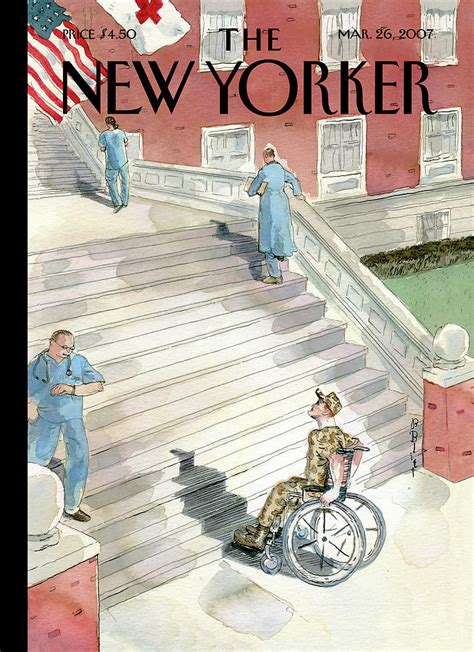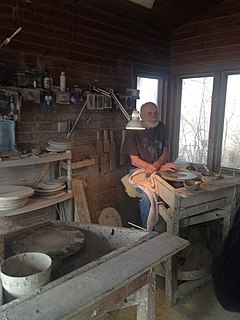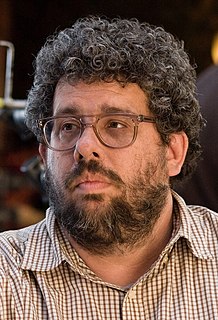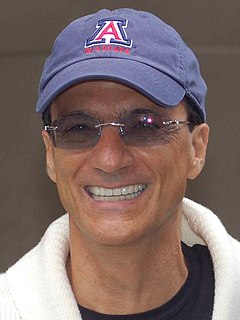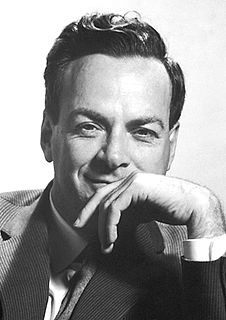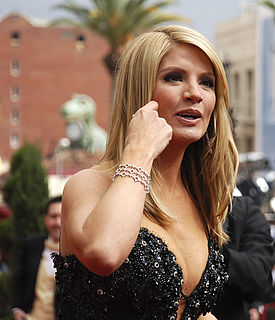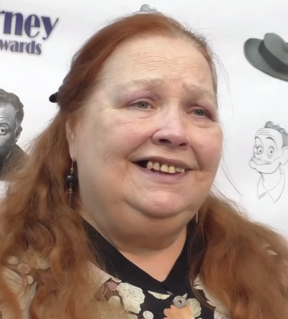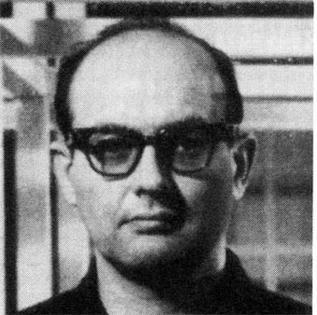A Quote by Joe Shuster
Those early sketches looked too cartoony; I really wanted to do detailed drawings - I was taking anatomy classes - but unfortunately I wasn't able to do it because of the time element.
Related Quotes
I like the drawings. And as a photography fan myself, I would look at Helmut Newton or Irving Penn and like to see the initial notes or drawings, to see where the ideas grew from. Also my sketches are key to my work because I came to realise early on that by doing drawings, I could formulate a plan of what I was thinking of - I could take control and direct the work.
[Bernard Leach] was an incredible draftsman, and at the end of breakfast time, for instance, he would push his plate back, and he'd pull an old scrap of paper out of his pocket and a little stub of a pencil, and he'd begin to make small drawings, about an inch and a half, two inches tall, of pots that he wanted to make. And they were beautiful drawings. I really wish I'd stolen some of those scraps of paper, because those drawings were exquisite explorations of his ideas of form and volume in a ceramic piece.
There were certain things that I watched, and I screened a series of period films as well, not because I wanted to copy those, because I wanted to be different. “Far from the Madding Crowd” was one I looked to because I thought it looked so good. “Doctor Zhivago.” Unrequited love is always a great thing. “Tess” was something I looked at, I thought Polanski got the period right.
In the middle of my second year at school, in 1943, I got drafted into the army, was gone for three years, and when I came back, I tried to get into the painting classes which I wanted, but because of all the returned GIs [the GI Bill], everyone was in school and the classes were all full. So I looked at the catalogue and found that there was a ceramic class offered and that there was space in that. I registered for a ceramic class and some drawing classes.
I started taking classes and doing things that I had always wanted to do but couldn't because I was working. I signed up for a bunch of workout classes, and to my surprise, I realized I was enjoying it. Because I was working out so much, I started looking for more workout clothes and found a lot of redundancy - predictability that was uninspired. That's when I decided to start my own line.
I never wanted it to get to this point. I had hoped that, by its own course, by the way the media covers politics, people would open their eyes and see who Donald Trump really is. But that, unfortunately, has not happened. The polls in the early states indicate that he's been able to fool a significant number of people into believing that he is something that he is not.
